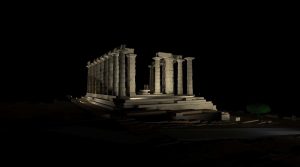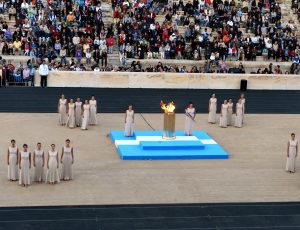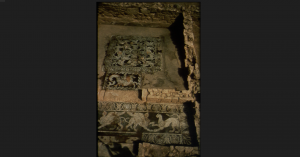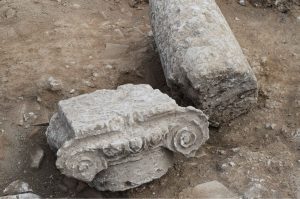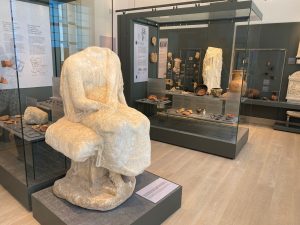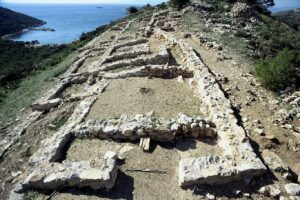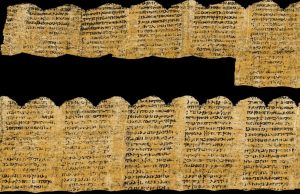A scholar from Italy claimed this week that he had discovered the burial place of Greek philosopher Plato during a presentation of research findings at the Naples National Library.
Italian papyrologist Graziano Ranocchia maintains that Greek philosopher Plato was laid to rest in a garden in the Academy in Athens, near the Temple of the Muses.
University of Pisa professor Ranocchia bases his argument on the interpretation of a papyrus by Greek poet and Epicurean philosopher Philodemus of Gadara, which contains the history of the Academy.
The fragment of Philodemus’ writings – among the 1,800 Herculaneum papyri which came to light in excavations at Herculaneum – was deciphered by a bionic eye which detected an additional 1,000 new words in the papyri which were carbonized after the eruption of Mount Vesuvius in 79 AD.
According to Ranocchia, the analysis provides more insight compared to the initial reading some 30 years ago.
Italian researchers went on to add that based on the new interpretation of fragments of the papyri, “it appears that Plato was sold as a slave as early as 404 BC, when the Spartans conquered Aegina, or, alternatively, in 399 BC, immediately after the death of Socrates”.
In its third year, the ‘Greek Schools’ research project, carried out by Italy’s National Research Council, will be completed in 2026.
Plato was born in approximately 427BC in Athens and died in 348 BC.

